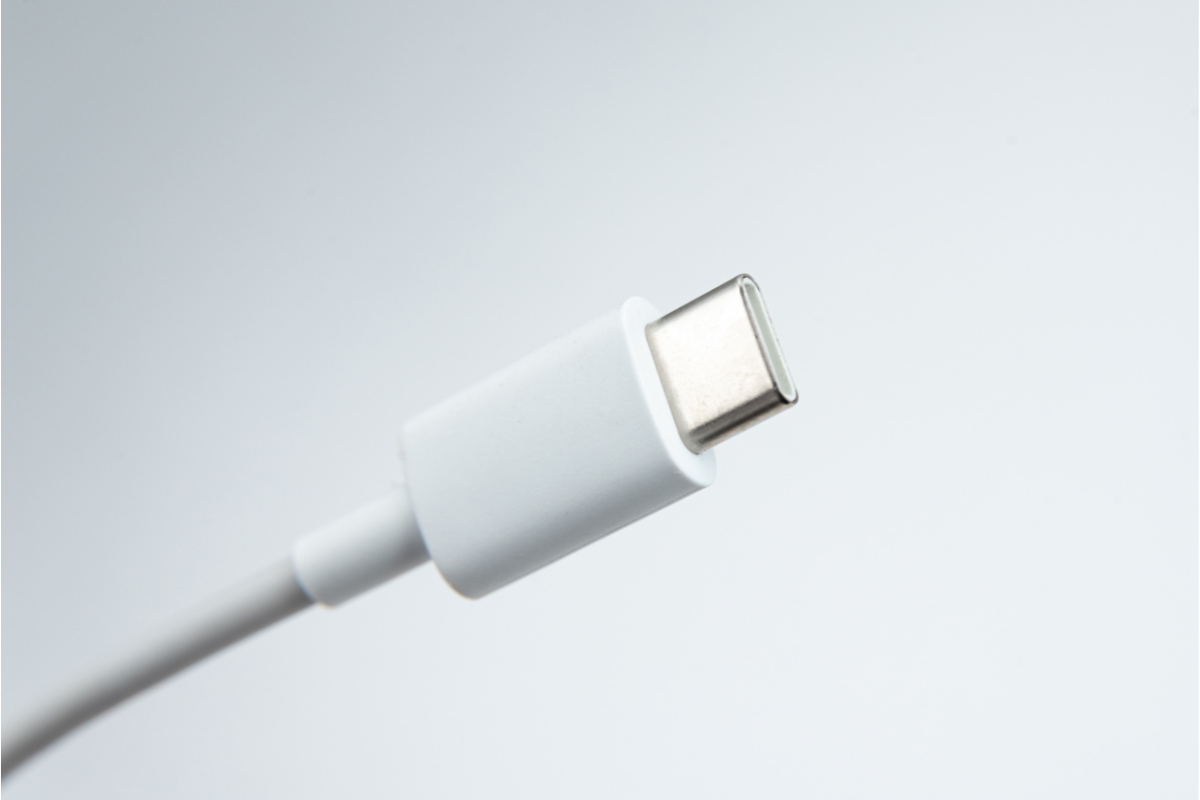A Comprehensive Guide to Lithium Batteries: Safety, Differences, and Best Practices
Lithium batteries have revolutionized the world of portable power, offering a remarkable combination of energy density, longevity, and fast charging capabilities. In this comprehensive guide, we'll explore what Li-ion (Lithium-Ion) and LiFePo4 (Lithium Iron Phosphate) batteries are, how they differ from Sealed-Lead Acid batteries, and the numerous benefits of using lithium batteries. Most importantly, we'll focus on battery safety, including transportation, storage, precautions, and what to do in case of damage or disposal.
1. What Are Li-ion and LiFePo4 Batteries, and How Are They Different?
-
Li-ion Batteries: Li-ion batteries use a lithium-cobalt oxide cathode and a graphite anode. They offer high energy density and moderate lifespan.
-
LiFePo4 Batteries: LiFePo4 batteries employ a lithium iron phosphate cathode, known for enhanced safety, longer cycle life, and thermal stability.
Difference: LiFePo4 batteries prioritize safety and longevity, while Li-ion batteries offer higher energy density.
2. How Are They Different from Sealed-Lead Acid Batteries?
Compared to Sealed-Lead Acid batteries, lithium batteries shine in several aspects:
-
Higher Energy Density: Lithium batteries store more energy in a smaller, lighter package.
-
Longer Lifespan: They endure more charge-discharge cycles, reducing replacement frequency.
-
Faster Charging: Lithium batteries charge quickly, minimizing downtime.
-
Maintenance-Free: Unlike Sealed-Lead Acid batteries, lithium batteries require minimal maintenance.
3. Benefits of Using Lithium Batteries
Using lithium batteries provides an array of advantages:
-
Lightweight: Ideal for weight-sensitive applications due to their significantly lower weight.
-
High Energy Density: Longer runtimes thanks to their ability to store more energy.
-
Fast Charging: Quick recharge times reduce wait periods.
-
Longer Lifespan: Lithium batteries typically outlast traditional alternatives.
-
Low Self-Discharge: Hold charges for extended periods, reducing energy loss during storage.
4. Battery Transportation: A Safety Priority
When transporting NightSearcher products or any devices containing lithium batteries, safety is paramount:
-
Regulatory Compliance: Follow local transportation regulations and guidelines for lithium batteries.
-
Proper Packaging: Ensure batteries are well-packaged to prevent damage or short circuits during transit.
-
Documentation: Include all necessary documentation, such as shipping labels and safety information.
5. Battery Storage: Protecting Your Investment
To store lithium batteries safely:
-
Room Temperature: Keep batteries in a cool, dry place, away from extreme temperatures or direct sunlight.
-
Partial Charge: If storing for an extended period, maintain a charge of around 50% to preserve battery health.
- Original Packaging: Store batteries in their original packaging or a designated battery case to prevent short circuits.
6. Average Life of a Lithium Battery
Lithium battery lifespan varies based on type, usage, and conditions. Generally, Li-ion batteries last 2 to 3 years, while LiFePo4 batteries can endure over 10 years with proper care.
7. Charging Time: Quick and EfficientCharging times depend on battery capacity and charger output. On average, a lithium battery takes 1 to 4 hours to reach a full charge. 8. Charger Compatibility: A Safety ConcernIt's advisable to use the charger provided by the manufacturer to ensure safety and compatibility. Third-party chargers may pose risks. 9. Precautions for Safe Battery Use
|
 |
10. Handling Damaged Batteries: Prioritize Safety
If a battery is damaged:
-
Cease Use: Stop using the battery immediately.
-
Isolate: Store the damaged battery in a cool, dry place away from flammable materials.
11. Disposing of Lithium Batteries Responsibly
To dispose of lithium batteries safely:
-
Recycling: Many recycling centres accept lithium batteries. Check local regulations.
-
Collection Programs: Some retailers and manufacturers offer battery collection programs.
-
Hazardous Waste Facilities: In certain cases, hazardous waste facilities may accept lithium batteries.
In conclusion, lithium batteries offer tremendous benefits, but their safe use and disposal are vital. By understanding their differences, adhering to safety precautions, and following proper guidelines for transport and storage, you can harness the power of lithium batteries while minimizing risks and environmental impact.

.png)